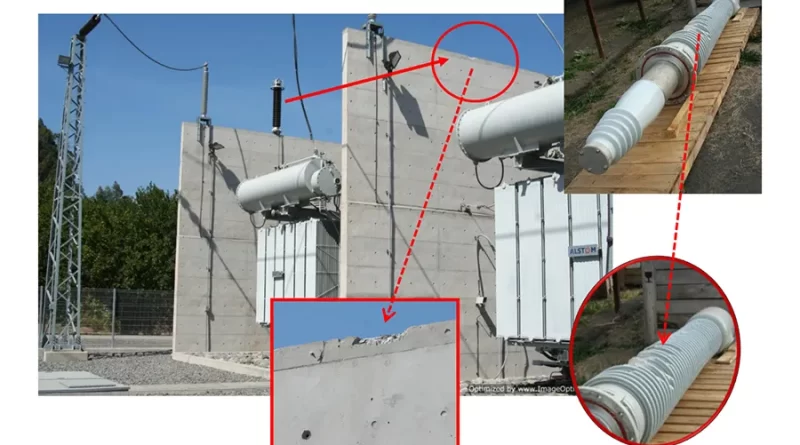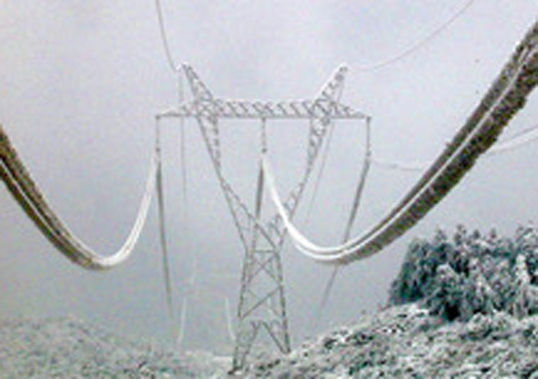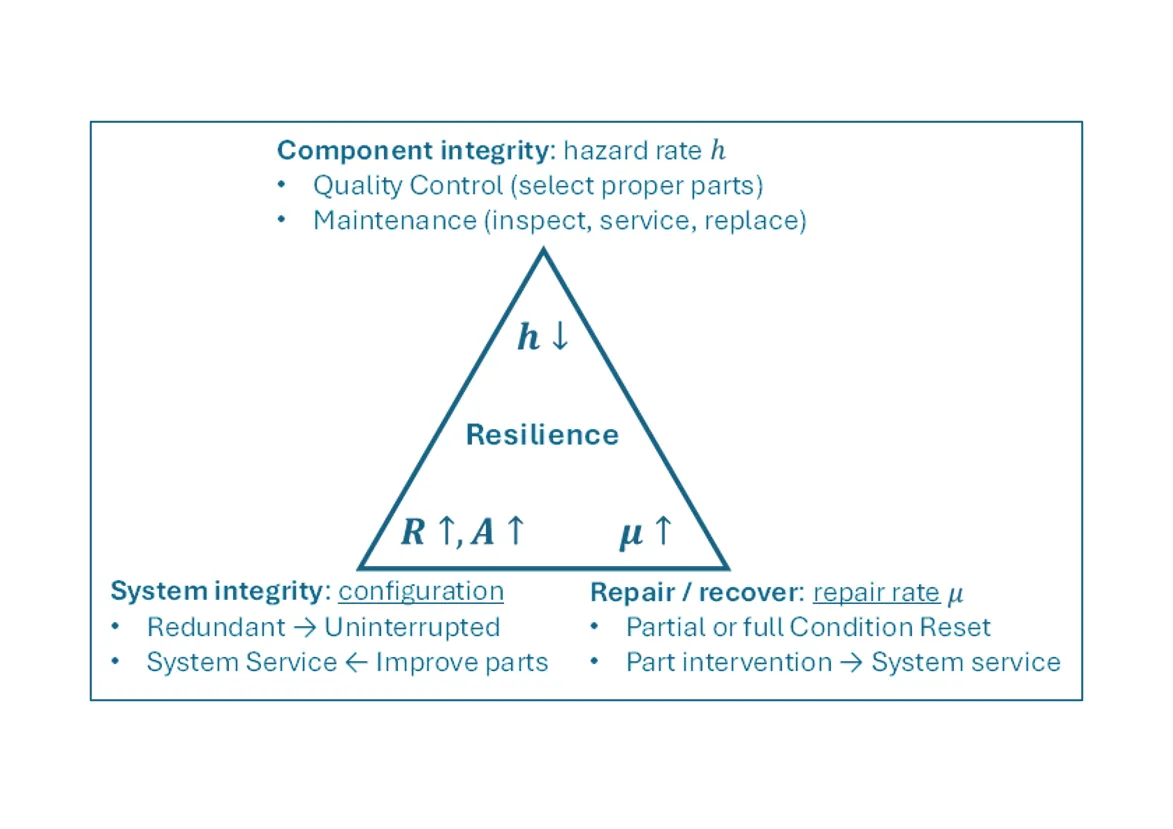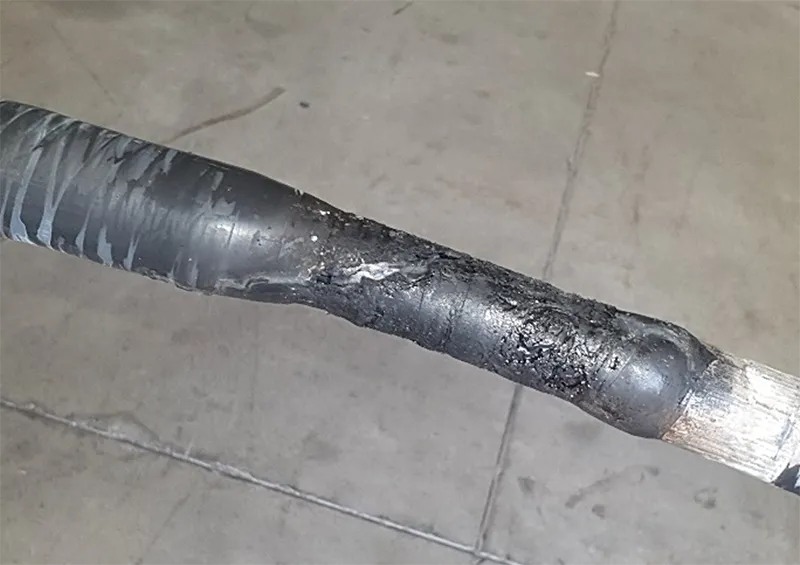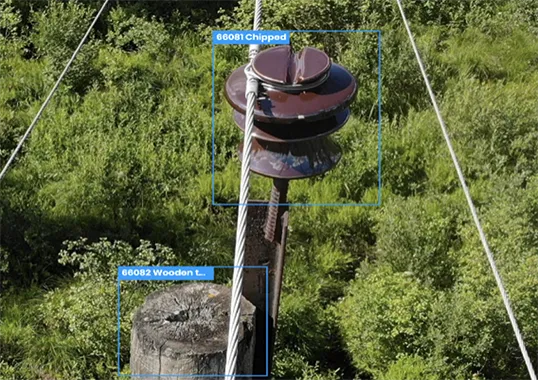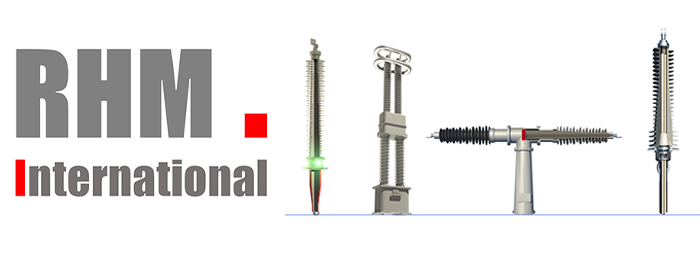Coming at the 2025 INMR WORLD CONGRESS
The earthquake of Feb. 2010 in Chile exposed vulnerabilities in the country’s transmission system, notably failure of conventional equipment that included components located far from the epicenter. These failures underscored an urgent need to re-evaluate the seismic criteria then in effect.
Experts conducted the re-assessment in two phases: the first, from 2010 to 2012, focused on investigating the nature of damage as well as underlying causes, culminating in a series of recommendations. The second phase, conducted between 2016 and 2018, aimed to formally develop updated seismic requirements tailored to the country’s electrical infrastructure. This process ultimately led to publication of Chile’s official, legally binding Seismic Requirements in January 2025.
Background
Chile lies in one of the most seismically active regions of the globe. Accordingly, it has national seismic standards for residential buildings and industrial facilities. However, as of the Feb. 2010 quake, no seismic standard existed specifically for High-Voltage Electrical Facilities.
The official seismic requirements for electrical facilities in Chile have been outlined in the Technical Standard for Safety and Quality of Service (NTSyCS) and its annexes, issued by the National Energy Commission (CNE). As of 2009, this regulation required that substation equipment must meet the seismic criteria defined in either the Chilean standard ETG 1.020 or the international IEEE Std 693-1997. However, it did not include seismic requirements for support structures or foundations of that equipment.
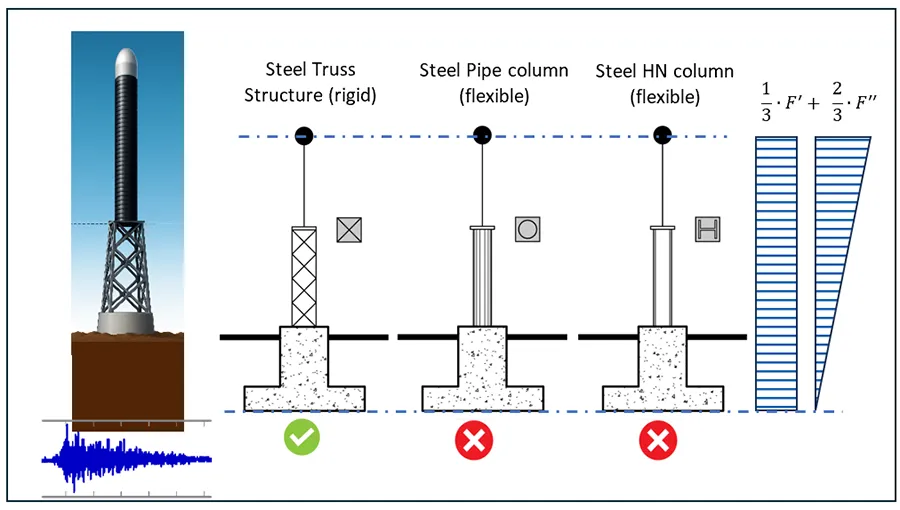
According to interpretation of IEEE Std 693 by many Chilean electrical engineers, specifying seismic requirements only for electrical equipment would be sufficient to ensure a facility’s operability post-earthquake.
Yet below are samples of what happened to the Chilean Transmission System during the 8.8 magnitude 27F-2010 earthquake?
• Equipment failures and significant delays in restoring power near the epicenter.
• Unexpected failures of conventional equipment located far from the epicenter—more than anticipated for a major seismic event.
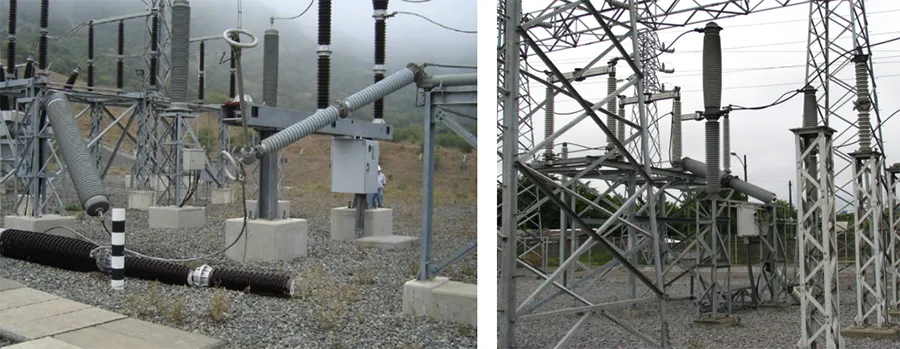
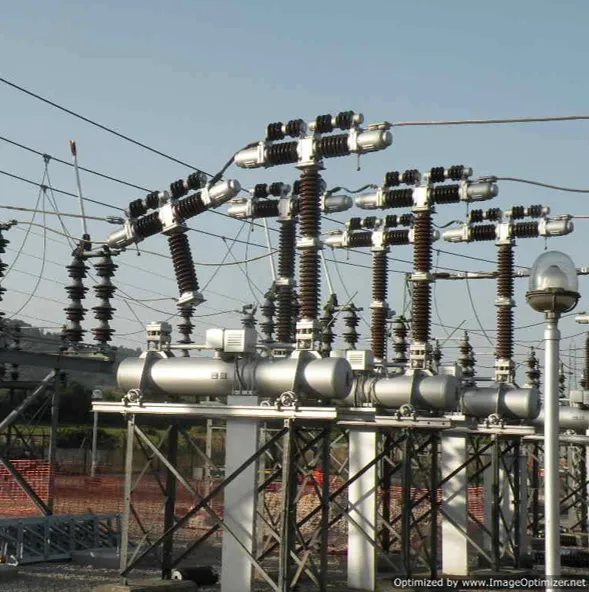
Plan to attend the 2025 INMR WORLD CONGRESS in Panama this October. Marcela Aravena of INGETRGRAL Engineering Services will present – in English as well as in Spanish – Chile’s development of a rigorous seismic standard for electrical substations, dominated by high-magnitude subduction earthquakes. This standard integrates equipment, structural, and geotechnical requirements while taking into account seismic interaction between them in order to ensure post-event operability and infrastructure resilience.

